

Table of contents
- Characteristics
- Location
- substrate
- sowing
- planting
- Pour
- Fertilize
- pruning
- propagation
- wintering
- Diseases
- pests
- use
- plant neighbors
- sorts
Loyal to men, he does not forgive mistakes when it comes to grooming. While there are only a few points to consider, if the plants are neglected, they are usually more susceptible to disease and only bloom moderately.
Characteristics
- Botanical name: Lobelia erinus
- Plant family: Bellflower family (Campanulaceae)
- Height: up to 35 cm
- Growth form: bushy, ground covering
- Origin: South Africa
- Flowers: racemose inflorescences, single flowers, blue, violet, white, red, pink
- Flowering period: May - September
- Leaves: green, lanceolate, narrow
Location
When buying plants, the blue lobelia often says on the signs that it also tolerates partial shade. This is true, but the maintenance effort there is much higher. In addition, the flowering is also much more sparse if the lobelia only gets sun for a limited time.
The blue lobelia prefers full sun locations and also copes well with short dry periods of one to two days. If you plant the lobelia in the balcony box, it is ideal for south-facing balconies.
substrate
The lobelia prefers a nutrient-rich and humus-rich soil. When planting in a pot or balcony box, commercial potting soil is a suitable substrate.
If you plant the lobelia in the bed, you should prepare it with compost. You should also work some slow-release fertilizer, such as horn shavings, into the soil to give the plants a good start. The lobelia are lime tolerant, but you do not have to sprinkle lime. The existing lime in the soil or from the watering is completely sufficient for the plants.
A notice:
Although the lobelia survives short periods of drought, this should remain the exception. Mix lava rock into the substrate, which can store water and later release it back into the earth.
sowing
Lobelia are easy to grow from seed. From March, the seeds are scattered in lean seed soil and should be at a temperature of around 18°C so that they germinate. The men's faithful is a light germ, which is why you must not cover the seeds with soil. To reduce the risk of dehydration during germination, you should use an indoor greenhouse for cultivation.
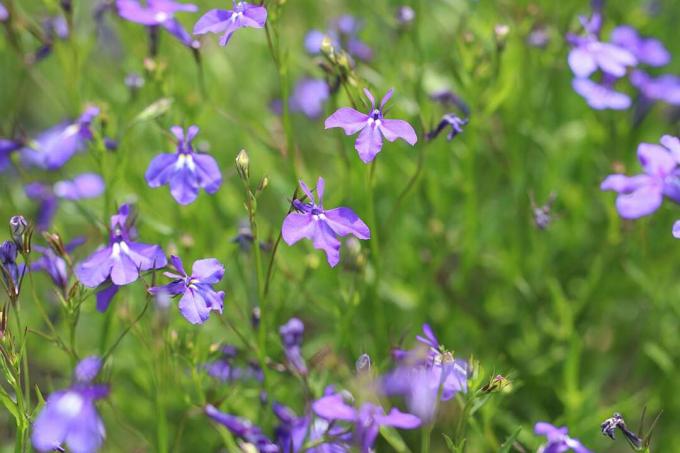
Once the seeds have germinated and developed well, they are pricked out in groups and planted in pots with a slightly more nutritious substrate. From mid-May you can put the plants outdoors.
planting
When planting, you do not need to pay attention to any special points. If you buy lobelia in stores, loosen up the root ball a little when planting. Don't plant the Mannentreu too deep. The plants may even stick out about a centimeter. This has the advantage that although the roots are mostly in the ground, they are a little more airy when they spread out. This can help you reduce the risk of illness later on.
When planting, the men's faithful should have enough space and the distance to other plants should be large enough. There should be at least 12 cm space to the next plant. When cultivating in planters such as pots or balcony boxes, the distance should be at least 15 cm. The planting distance is not only important so that the plants can develop well, but also to prevent diseases such as mold growth.
Pour
The men's faithful like it sunny and warm, but always moderately humid. This also carries the risk of waterlogging. Especially with pot culture, there is a high risk that too much water will be poured and the roots will begin to rot due to the moisture. Plants can usually no longer be saved from waterlogging, as the root system is permanently damaged and they can absorb neither water nor nutrients.
Planting in heavy soil can also cause waterlogging. To prevent this, you can create drainage both outdoors and in pot culture in the ground.
The following substrates are suitable as drainage:
- expanded clay
- lava granules
- coarse gravel
Tip:
When cultivating in a pot or bucket, water the lobelia preferably from below. In this way, the water comes directly to the roots and the substrate can be drier on the surface, which also reduces the risk of mold growth.
Fertilize
The men's faithful has a high nutrient requirement. Therefore, not only is the basic fertilization indispensable when planting, you also have to supply the plants with fertilizer regularly throughout the season. A liquid fertilizer that you can add to the irrigation water is ideal for this. Fertilize the plants about every two weeks.
However, use a fertilizing agent that does not have too high a nitrogen content. Although the nitrogen promotes growth, which is an advantage with basic fertilization, it prevents the plants from forming flowers. There is liquid fertilizer on the market that is suitable for flowering plants. You should also use such a preparation for your lobelia so that they bloom lushly.
pruning
A pruning is not absolutely necessary with the men's faithful, but you can promote a longer and more lush flowering. To do this, cut back the plants after the first flowering in July. Shorten the plants by about a third. This promotes the formation of new shoots with flowers.
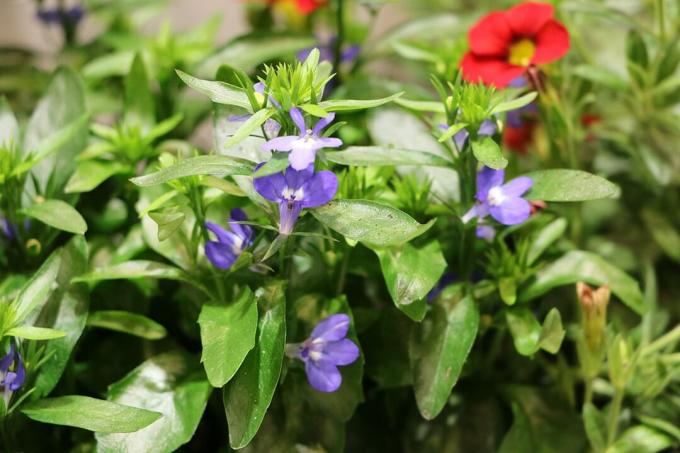
In addition, pruning also promotes healthy and vigorous growth. If you do not cut the plants after the main flowering period, the fertilized flowers will form seeds. As a result, the plant puts all its energy into the ripening process of the seeds, which not only leads to one reduced flower formation, but the plants can also prematurely after seed ripening die.
propagation
In addition to propagation via seeds, some varieties such as the "Richardii" variety can also be propagated via cuttings. You can also overwinter the lobelia in the form of cuttings.
If you propagate the plants from cuttings, do not cut them back before overwintering. You should cut lobelia cuttings around November, which is why you need to bring the plants indoors in good time.
You can plant the cuttings straight away. However, you should cover the pots tightly with a transparent bag to prevent moisture loss.
wintering
Hibernation of lobelia is theoretically possible, but is rarely done in practice. Only a few varieties can be overwintered well and it is much less expensive to simply grow them from seed again and again.
However, if you want to overwinter the men's faithful, you must bring the plants into the house in good time before the first forest. Cut them back again so that the plants can conserve their resources. A bright and frost-free location is important in winter.
Requirements for the winter quarters:
- south-facing window
- Temperature between 10 – 15°C
- no draft
- medium humidity
In the winter quarters you should only water the plants moderately. However, make sure that the substrate is constantly slightly moist during this time. From mid-May, when there is no longer any danger of frost, the plants can go outdoors again.

Diseases
The men's faithful is particularly susceptible to the gray mold. You should check the plants regularly for this. Mold infestation often occurs after long periods of rain. Therefore, when watering plants in pots, you should primarily water from below to avoid mold growth.
If gray mold appears, you should act quickly, as other plants can also be affected within a few days. Cut off the affected parts of the plant immediately and dispose of them in the residual waste. If the substrate is already affected, superficially remove the areas and replace the areas with new substrate.
To prevent gray mold, the plants should have a suitable location that is sunny. Correct fertilization and correct watering behavior also reduce the risk of mold growth.
pests
The lobelia are largely spared from pests. Occasionally, thrips infestation can occur. Plants in window boxes or in pots in particular can be affected. You can recognize an infestation by the fact that the leaves get bright spots and become more translucent when you hold them up to the sun.
A moist substrate helps against the thrips. The insects themselves tend to do less damage, although the appearance of the plants can also suffer. Your danger is mainly that you can transmit viral diseases to the men faithful. As a rule, plants that are infected by a virus cannot be saved.
If the lobelia simply dies in the balcony box for no apparent reason, you should remove all other plants immediately and remove most of the substrate from the root ball. Replace the soil and also clean the balcony box with hot water. Then replant the other plants.
use
The lobelia are particularly popular when planting in balcony boxes. The lush flowering plants are also suitable for cultivation in pots or as hanging baskets. When planting hanging baskets, however, you should choose a variety that grows hanging and not upright.
As an annual plant, you can also use Mannentreu as a border plant for flowers or gardens. Use perennial beds. The blue lobelia is only suitable for planting graves to a limited extent and only if the soil is watered regularly several times a week.
plant neighbors
Lobelia are therefore suitable solitary plants or for planting in groups. However, they can also be cultivated together with other flowering plants that have similar requirements in terms of location and care.
Suitable plants are:
- tagetes
- geraniums
- petunias
- sunroses
- gold basket
sorts
In addition to the blue lobelia, there are other types of lobelia, some of which are even hardy, such as the perennial lobelia. There are now many breeds of the blue lobelia, which also show a wide variation in flower color.
Selection of varieties:
- Blue Pearl: blue flowers
- Rosamunde: red flowers
- Regatta White: white flowers
- Richardii: light blue flowers
 garden editorial
garden editorial I write about everything that interests me in my garden.
Learn more about summer flowers
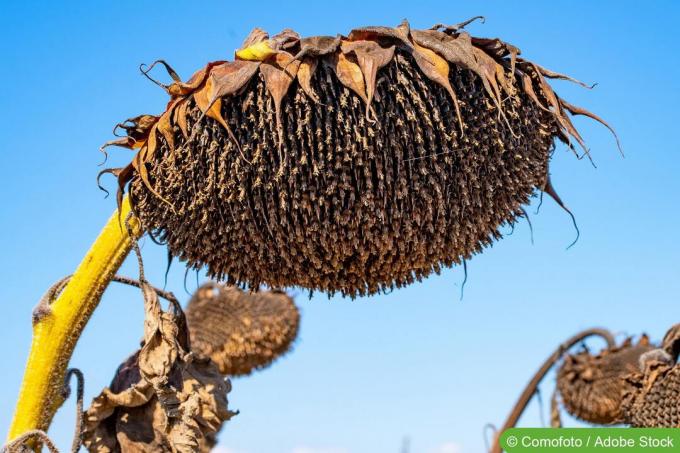
Should you cut off faded sunflowers?
Sunflowers bloom for a long time, but unfortunately not forever. Is it better to cut off the faded flowers or let nature take its course? Both are possible! It depends on the sunflower species and what you want to do with the ripening seeds. Read here whether you should cut off faded sunflowers.
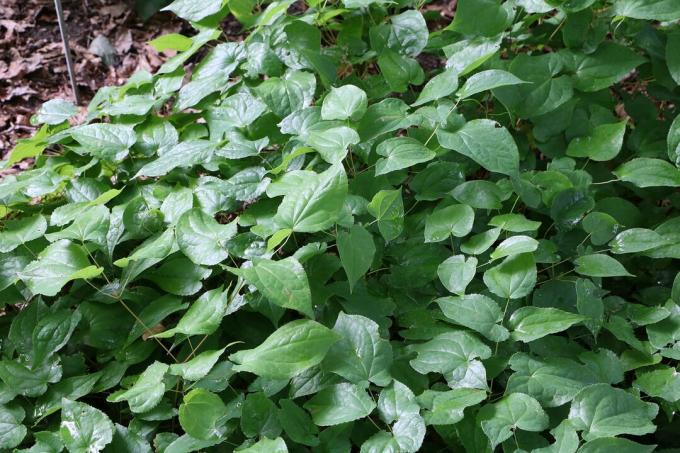
Elf Flower, Epimedium: 12 Tips for Grooming & Pruning
The elf flower transforms shady locations into a sea of flowers. Delicate flowers appear in white, yellow, pink, red or violet. The ground cover with the heart-shaped leaves is also decorative when not in bloom. We have put together the most important care tips for you.

Liver Balm, Ageratum: 10 tips for care
The leather balm is a daisy family that comes from Central and South America. In our latitudes, liver balm has been very popular for a long time, because here the plant does the trick not only a great figure as a gap filler between different perennials, but also in the form of one carpet of flowers.
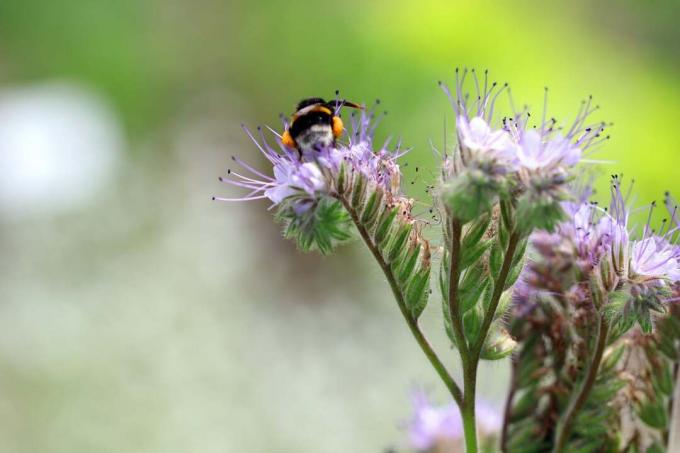
Bee friend, Phacelia: 8 tips for care
The cultivation of the tufted flower is not particularly difficult, because the plant turns out to be undemanding and easy to care for. If you take into account the basic requirements of this flowering perennial, you will benefit from its positive effects on biodiversity and soil conditions.
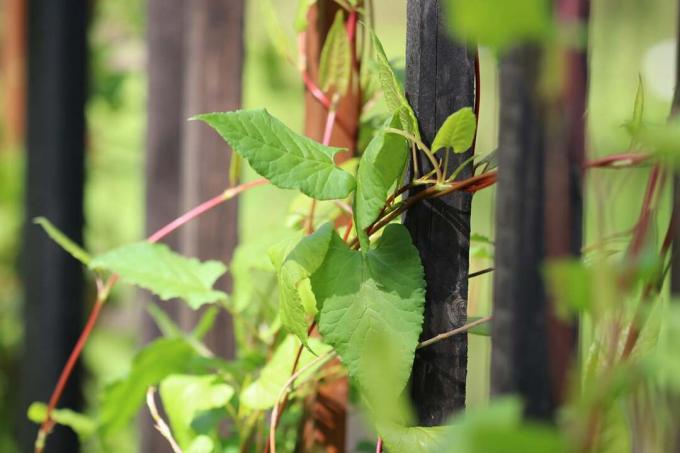
Climbing knotweed, Fallopia baldschuanica: Care from A – Z
A popular bee pasture but also a fast-climbing plant in the garden is the climbing knotweed. The plant should therefore be cultivated in the garden with some caution and appropriate care. Fallopia aubertii fits perfectly in a cottage or natural garden.
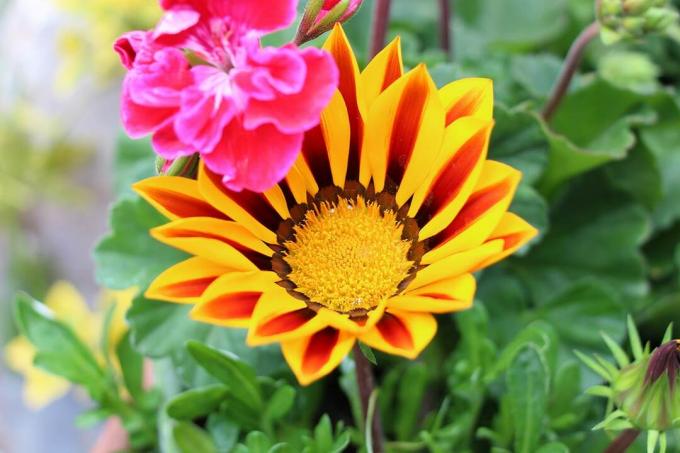
Is Gazania hardy? 6 tips for the winter
Gazania are commercially offered as annuals and not hardy. Hibernation works under ideal conditions, which require increased effort. Some varieties are considered hardy. The propagation of cuttings over the winter is an alternative to cultivating the plant perennial.



